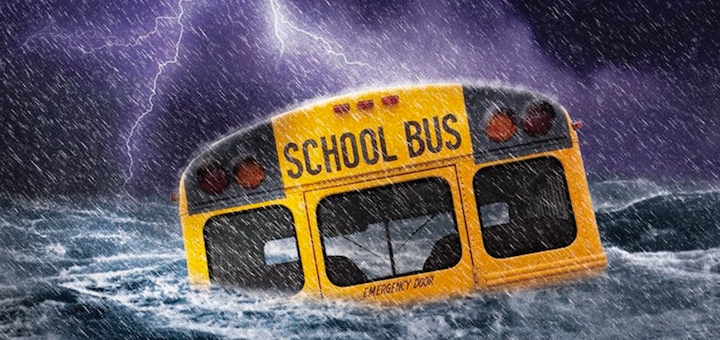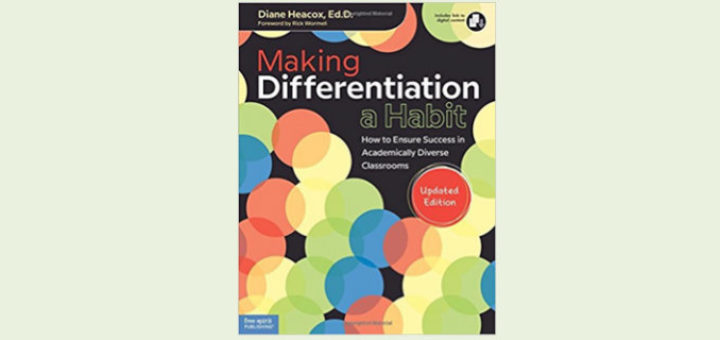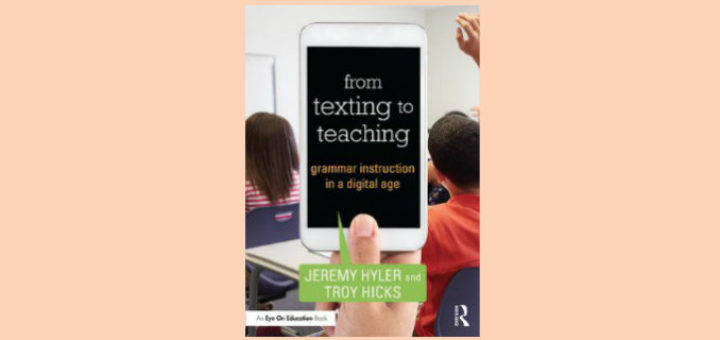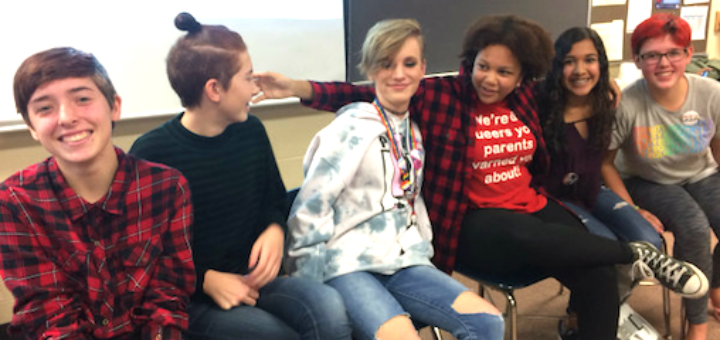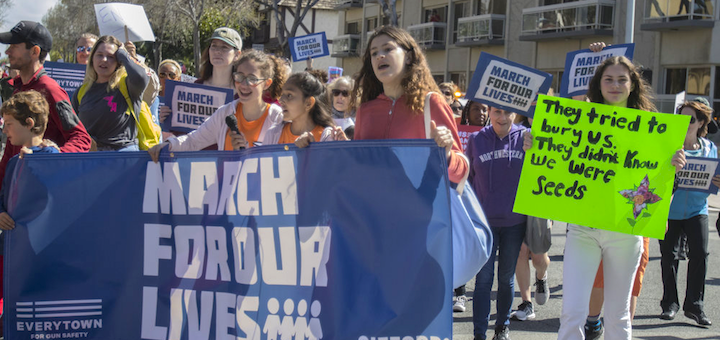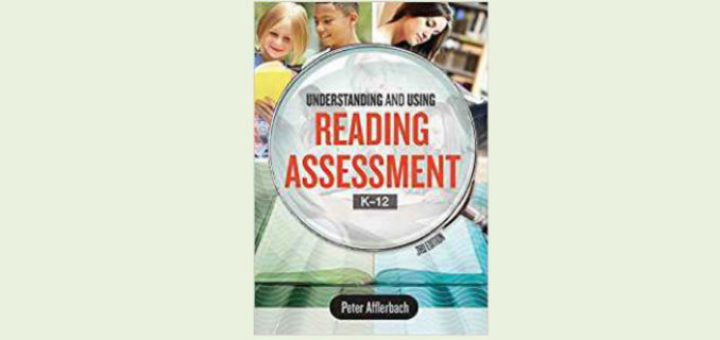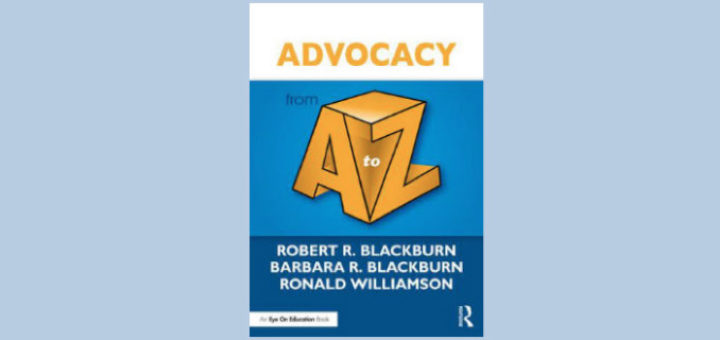Teaching and learning in grades 4-8
Research-based essays help our students fluently build, develop, and expand on their ideas. But in the real world, not every research process ends in a full-blown essay, says Angie Miller, who shares eight fun ways for students to practice and incorporate research skills.
More emphasis on STEM studies has more language arts teachers working to integrate compatible nonfiction. But what about fiction? Megan Kelly shows how novels with STEM themes let students make an emotional connection to characters while learning scientific concepts.
Diane Heacox presents differentiation tools that can be used immediately, and provides guidance for adapting them for a range of ages and content areas, ELLs, gifted students and kids with IEPs. Jeny Randall agrees with Heacox’s advice, “Start small, but start somewhere.”
How can teachers convince students that learning grammar is worth the effort and can improve their writing? Jeremy Hyler and Troy Hicks suggest ways to implement a range of online tools to bring grammar alive for classes. Lots of ideas, writes Erin Corrigan-Smith.
Among the ways educators can support and promote acceptance of LGBTQAI+ youth is by providing access to literature that features the challenges and joys these students experience. Librarian and author Christina Dorr suggests fiction and nonfiction titles for YA readers.
Why do middle school students study The Great Depression? What do we want them to learn and understand about this period in American history? Media literacy expert Frank Baker offers a wealth of teaching ideas tied to the novel The Grapes of Wrath and its film treatment.
If ever there was a time to think about how to prepare our students for the larger stage of the public civic sphere, it’s now. Teacher Kevin Hodgson interviews author and educator Steven Zemelman who has been working with teachers to move kids from inquiry into action.
Picture Rita Platt standing still in the school lunchroom, full tray in hands, skirt around her ankles. For real. After 20 years as an educator, she takes humiliation in stride, mostly. Find out her tips for damping down ego and building community at the same time.
The wonderful thing about teaching is there’s always more to learn. History teacher Michael DiClemente has been looking into reading (which his students do lots of). Peter Afflerbach’s Understanding and Using Reading Assessment has him rethinking his classroom practice.
Take an alphabetical tour through advocating for your school in this new book from Robert Blackburn, Barbara Blackburn and Ronald Williamson. Former principal Mary Langer Thompson shares the highlights and suggests the book can be most helpful in ed leadership classes.


